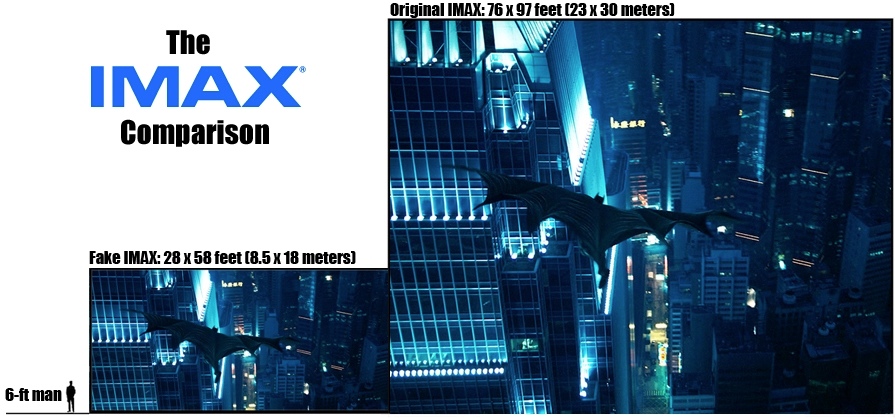

Their screens can create the effects, but not up to that extent as the IMAX 3D can provide.Which one is better, 4DX or IMAX? We chime in on the old debateĪ discussion that has spanned many years now since the introduction of more immersive cinema experiences. The curved screens, closer viewing and brighter images help to create this effect.

The 3D projection hardware and/or eyewear are used to provide the illusion of depth when viewing the film. The illusion of 3D depth comes from a projection that uses linear polarization of the movie's left and right images (each image meant for each eye). IMAX utilizes a polarized lens system, where two images are superimposed slightly off center from one another on the screen using projectors with polarized filters.ģD works on the concept of mechanical direction, projecting two slightly off-center images on the screen which alternate at imperceptibly high speeds. These are normal screens, but the picture is to be viewed with the help of a 3D glasses. These are huge screen which provide both the 3D visual effects along with the Dolby audio effects. The 3D theatres provide the pictures as if they are moving towards the viewer, while in IMAX 3D the viewers feel as if they are actually present in the relevant scene of the picture or movie. In case of 3D theatres, they provide real motion and viewing effects along with their audio-video quality. the IMAX 3D is known to provide an extra and advanced audio-video quality.
#SCREENX VS IMAX MOVIE#
The picture and movie quality also differs among the theatres, i.e.

the IMAX 3D has a big circular screen which provides an entire motion and visual effect of the picture, whereas the 3D screen are normal theatre screen which are to be viewed by the 3D stereoscopic glasses. The screen geometry varies in both the theatres, i.e. In comparison, an IMAX 3D is more advantageous than the traditional 3D theatres, as they provide both the 3D effects along with the advanced picture quality. 3D films have become more and more successful throughout the 2000s, culminating in the unprecedented success of 3D presentations of the film Avatar in December 2009 and January 2010.

A 3D film is a motion picture that enhances the illusion of depth perception. The 3D theaters work on the 3D and polarization principles. The 3D movies seem realistic when viewed in 3D theatres. Most 3D glasses are polarized lenses which pick up slightly shifted images that are alternately projected onto the screen. These glasses add real visual and motion effects to the scenes and help the viewers to view the picture from any direction. The 3D theatres are traditional 3-dimensional theatres, which work entirely on 3D Stereoscopic glasses. The geometry of the theatre is constructed in a manner wherein the viewers are able to view the entire picture or movie from all the directions.ģD theatres existed since 1915 they made a comeback in the 2000s and gained importance. the IMAX 3D glasses separate the images, such that, the left and right eyes, each see a different view. The viewpoints are separated in these theatres, i.e. An IMAX 3D movie actually consists of two separate images projected onto a special silver-coated IMAX 3D screen at the same time. The IMAX 3D theatres work on their specialized projectors, which delivers 3D images of more bright and clear quality. IMAX has the capability to display pictures of far greater size and resolution than the other 3D theatres. 'IMAX’ simply means Image Maximum which is a motion picture film format and a set of cinema projection standards developed by the Canadian company IMAX Corporation. The IMAX 3D theatres have huge circular screens, which facilitates the viewers with real motion pictures. They are the latest theatres, which work on the advanced and upcoming polarization principles, and provide the real 3D effects along with the virtual and real image effects and quality. The illusion of 3D depth originates from a projection that uses linear polarization IMAX on the other hand is the latest technology which works on film-based motion picture format that generally offers high image resolution. Today there are 2D theatres, which offer the 2 dimensional picture resolutions, and there are 3D theatres, which are known to offer the 3 dimensional effects and resolution to the viewers. Key difference: The difference between the two is in the image and theater quality, where IMAX 3D theatre provides an unsurpassed brightness and clarity in 3D images, while the traditional 3D theatres provide images which appear to move towards or away from the viewers.


 0 kommentar(er)
0 kommentar(er)
